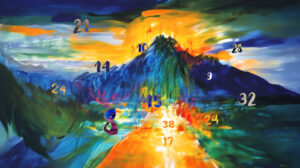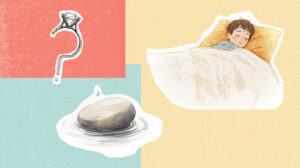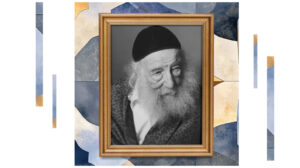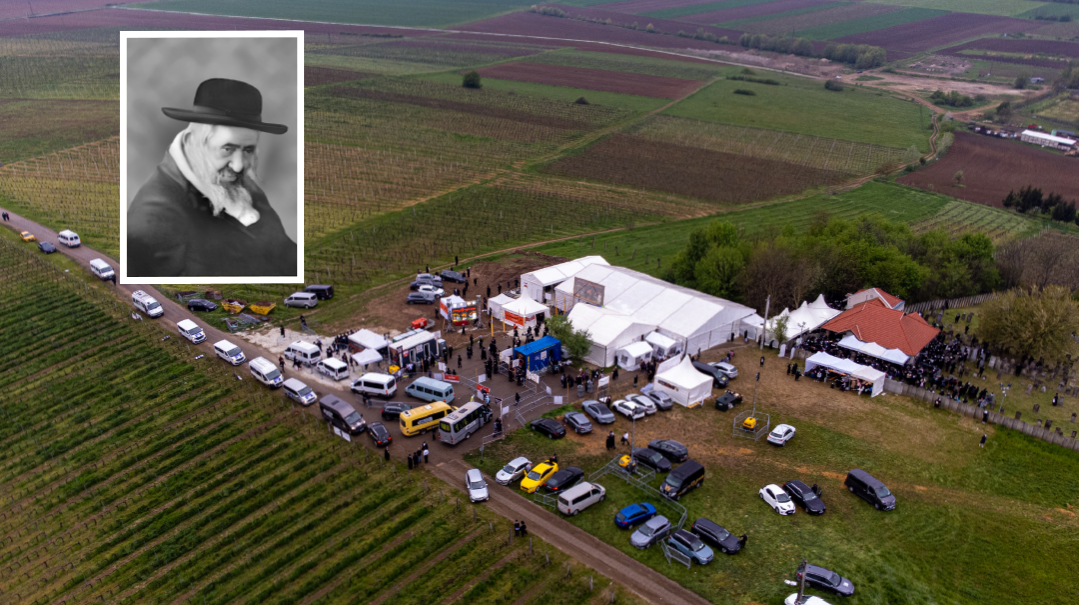Guaranteed Returns
| February 28, 2018Rebbe Elimelech of Lizhensk declared that whoever comes to his gravesite won’t leave the world without doing teshuvah. On 21 Adar, thousands will relive the promise

Photos: Adam Krzykwa
Open Doors in Lizhensk
P
robably the greatest annual Jewish pilgrimage today, after Lag B’Omer in Meron and Rosh Hashanah in Uman, is the trip to the town of Lizhensk in Poland for the yahrtzeit of the Rebbe Reb Elimelech, on 21 Adar. Back in pre-war Europe, Lizhensk was a place Yidden flocked to, but after the destruction of European Jewry, Lizhensk was all but abandoned. When post-war Eastern Europe came under a blanket of Communist rule, only a devoted few chassidim undertook trips back to Poland’s holy gravesites; but with the collapse of Communism in 1989 and the renewed accessibility of the region, Lizhensk was revived.
Nestled between the Sandomierska Primaeval Forest in the north, and Wislok, a small river flowing through Podkarpacie, in the south, the little town of Lizhensk has been aroused from its slumber by the masses of chassidim who again descend upon it. Yet up until a few years ago, Jewish visitors to Lizhensk were at the mercy of a dedicated local non-Jewish caretaker who had the keys to the beis hachayim. But the place was lacking basic facilities and food, making the trip exhaustive and inconvenient. An Israeli couple, Reb Aharon Hirshkop and his wife, moved over to change that.
“A few years ago, we were here on the yahrtzeit and we noticed people knocking on doors of the townsfolk to use their facilities, probably for a few zlotys. I thought it was absurd that there was nothing set up. The next year, a friend and I rented a place for the public where we served some cake and coffee. The next year, we took a bigger hall and added bagels and spreads. And two years later, my wife and I made it our life’s mission.”
In fact, their initiative apparently inspired more Israeli couples to make the long-term move and establish year-round hachnassas orchim facilities in other towns across Europe with similar demands.
The Hirshkops live next door the cemetery and host full hachnassas orchim facilities in their building, complete with a shul, mikveh, dining room, and sleeping accommodations. A bigger communal building is currently under construction. There is a minyan almost every Shabbos, and often during the week, too.
Unlike in other shtetlach, such as in Mezhibuzh and Kerestir, where the rebbes’ abode and beis medrash locale are known, the location of Reb Elimelech’s home and shul remains uncertain (otherwise the current shul would have likely been housed there).
Lizhensk is on fire at the end of Adar, but what about the rest of the time? Do the Hirshkops get lonely living in this snow-covered wooded area, unmarred by footprints of Jewish neighbors?
“Well, there’s always something going on,” he says. On a regular weekday, there could be up to 1,000 visitors. Besides the influx on the yarhtzeit, there are 100,000 visitors year-round, with many chassidim coming with their rebbes for a Shabbos.”
And while the operation doesn’t bring him a parnassah, he says there’s no better compensation than being able to welcome and provide for the visitors in this remote place. He does his job with such passion that a visiting Lizhensker descendant once remarked, “I am an einekel, but you are a son!”
Hirshkop also accommodates non-Jewish tourists. “The Eibeshter is hamasbia lechol chai ratzon, He feeds every species, why shouldn’t I? They come here from a five- or ten-hour commute and stand at the tziyun with utmost respect. They move their lips for a bit, stay for about 20 minutes and then leave. Some even light a candle.”
(Excerpted from Mishpacha, Issue 700)
Oops! We could not locate your form.













